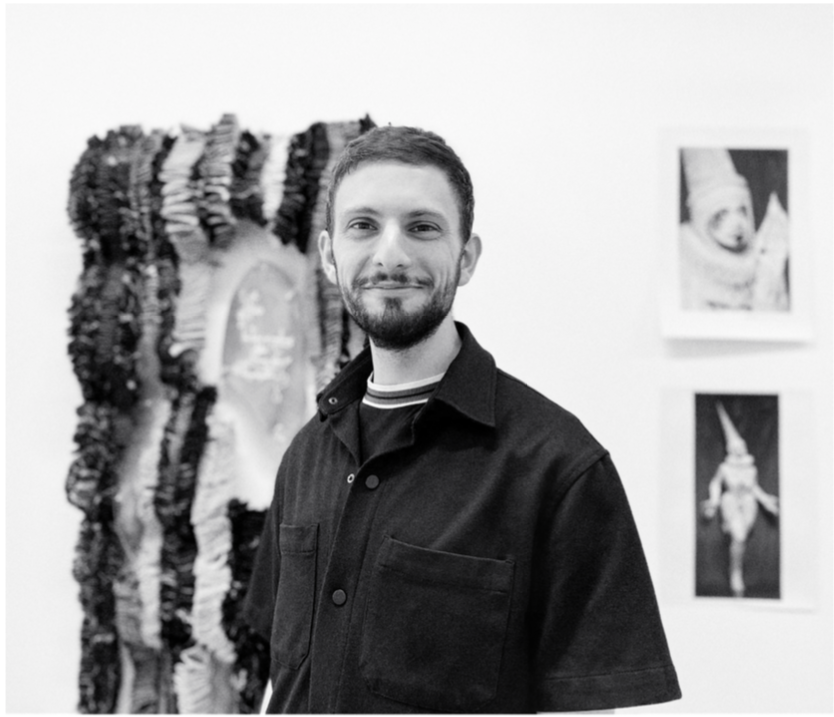Galerie Natalie Seroussi

Rémi Baert - Credit: Galerie Nathalie Seroussi
The Galerie Nathalie Seroussi grants carte blanche to Rémi Baert as part of the Dragclown Affairs collective exhibition, running from March 21st to July 15th, 2024.
Rémi Baert (1996, based in Paris) is a contemporary art historian, independent curator, art critic, and lecturer at the French Institute of Fashion and the University Paris 1 Panthéon-Sorbonne. Since 2019, he has been working on a thesis project on the figure of the clown in the field of queer performance from the late 1970s to the present day. For his first curatorial project, Rémi Baert brings together the works of 13 drag clown artists from various countries whom he has met through social networks as part of a project documenting and showcasing these practices through oral and living archives.
Dragclown Affairs presents the multidisciplinary approaches of 13 drag clown artists in dialogue with historical works from the 20th-century avant-gardes.
But what is a “drag-clown”? The name is composed of two words, each with a long history. Clown artists have always embodied marginal figures such as the fool, the vagabond, or the drunkard, mixing derision with subversion of values. Through their performances, drag artists have notably challenged the gender and body binary by exploring the repertoires of the feminine and masculine to the point of exploding them. At the intersection of these two universes, drag clowns once again sow confusion in gender.
Established since 1983 in the Saint-Germain-des-Prés district, the Natalie Seroussi gallery has initiated dialogues between modern and contemporary art from its inception, placing the works of avant-garde artists it supports in the context of the most current creation. In this vein, Dragclown Affairs weaves several conversations between these emerging artists and some of their predecessors who have already left their mark on art history.
The exhibition will highlight the deeply multidisciplinary practices of drag clowns: sculpture, painting, drawing, performance, photography, textiles, stained glass, makeup, music, video. It will also account for the multiplicity of their sources: artists turn to circus, cabaret, and fashion stories, observe the colorful masks of Chinese opera, study the antics of the zanni from commedia dell’arte, the rituals of sacred clowns, the precise gestures of mimes Deburau and Marceau, all while exercising, in these transhistorical and transgeographical back and forth, a critical gaze.
By drawing on references from the protean arts of spectacle, drag clowns reactivate the artistic repertoire of the avant-gardes, from the surrealists of the interwar period to the feminist artists of the 1960s represented in the exhibition. The imaginaries thus deployed propose approaches to reality that, surpassing limitations, open perspectives for self-transformation and the world.